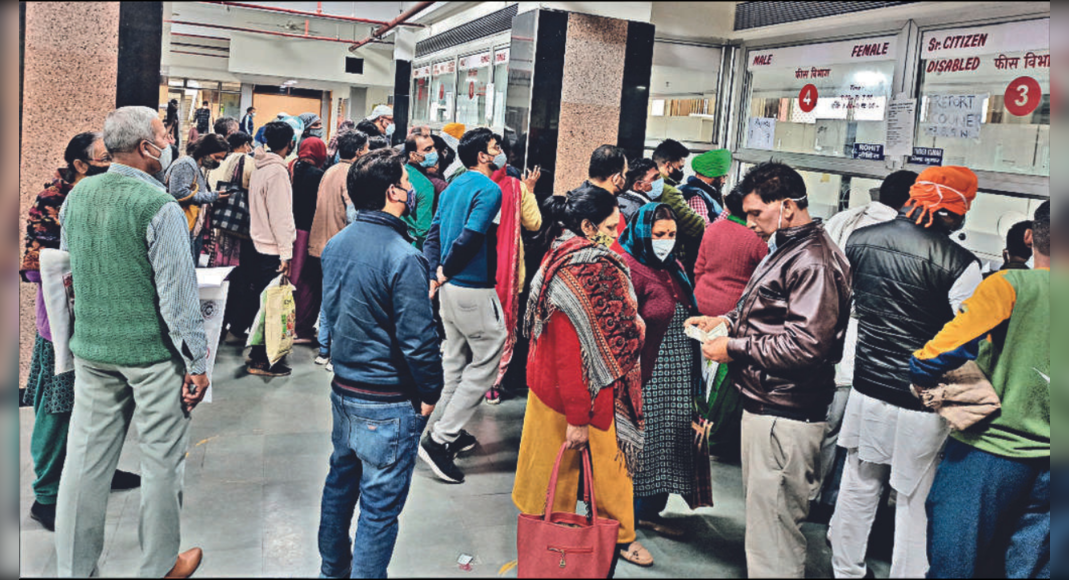Chandigarh: Punjab’s two cities – Mandi Gobindgarh and Amritsar – figure in the list of top 10 polluted cities of the country as per the National Clean Air Programme (NCAP) tracker.
Industrial town of Mandi Gobindgarh in Fatehgarh Sahib district ranks third, after Moradabad in Uttar Pradesh and Durgapur in West Bengal.
Amritsar is at the eighth spot.
On June 6, the particulate matter (PM) 2.5 concentration level in Mandi Gobindgarh was recorded as 56 ug/m3 (microgrammes per cubic metre) and 43 in Amritsar.
As per the analysed data, Mandi Gobindgarh saw its PM 2.5 levels peak at 250 ug/m3 around 3am on June 6.
The PM 2.5 are tiny particles which in the air reduce visibility and make air hazy if its level goes up from a certain level.
All the top 10 polluted cities across the country have recorded PM 2.5 concentration above the World Health Organisation (WHO) daily permissible limit of 25 ug/m3 and Central Pollution Control Board (CPCB) limit of 40 ug/m3.
Moradabad and Durgapur were recorded with a PM 2.5 concentration of 79 and 73 ug/m3 over 24 hours.
The NCAP tracker developed by the climate and energy news aggregator — Carbon Copy — reveals that as on June 6, no city from north India was among the top 10 cleanest in the country.
Devangere in Karnataka (3 ug/m3), Bengaluru in Karnataka (8 ug/m3) and Solapur in Maharashtra (9 ug/m3) were India’s top three cleanest cities.
According to the NCAP tracker data, the most polluted city in the country for the week ending June 6 was Sonipat in Haryana, with a PM 10 concentration of 233 ug/m3.
It was followed by Narnaul in Mahendragarh district of Haryana and Ghaziabad in Uttar Pradesh.
It has been noted that the summer time air pollution levels in various parts of the country have been above permissible limits, contrary to the popular belief that pollution is a winter month problem.
At IIT Delhi, Centre of Excellence for Research on Clean Air coordinator Dr Sagnik Dey said, “Air pollution isn’t a seasonal problem.
Hence mitigation requires long term planning which is missing even in the current clean air action plans for the non-attainment cities.
It is important to prioritise the problems, identify timelines and resources and set accountability.” He pointed out that everyone discusses high pollution levels during winters and focuses on emissions from crop burning but “we need to look at prioritising and reducing emissions from transport, industry and so many other sources as well”.






